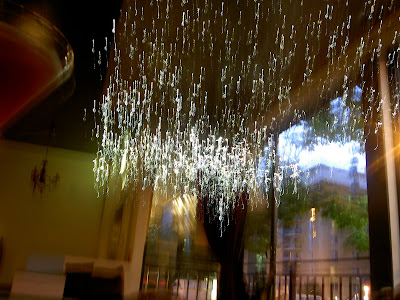
Jean-Honore Fragonard,
L'Escarpolette, c. 1767
Wallace Collection, London
(
Source)
Following the drama of the Baroque, the more playful Rococo style is a bit of a shock to the point that until relatively recently, the style was disregarded as a degeneration of Baroque ideals into decadence. In particular associated with the French aristocracy, all those scenes of shepherdesses dressed in silks looking after fluffy, beribboned sheep pretty much embodied all the powdered and perfumed artifice hated by the masses in pre-Revolution France. Originally developing as a style of decoration, Rococo art is characterised by curving lines and pastel colours. Subjects were usually pastoral genre scenes, or commentaries on love, often with a hint of impropriety.
A young girl pushed on a swing, playfully kicks off her slipper towards her secret lover hidden in the bushes. For all her extravagantly frilled bodice, full sleeves, and voluminous skirts, you've got to remember that people of that age didn't wear underpants, implying that the she's allowing her lover to take a look at her vaj-yayay. Subtle allusions to the subtext are Cupid holding his finger up in a shushing gesture, and the cherubs, one who watches the scene and another who looks away.



























